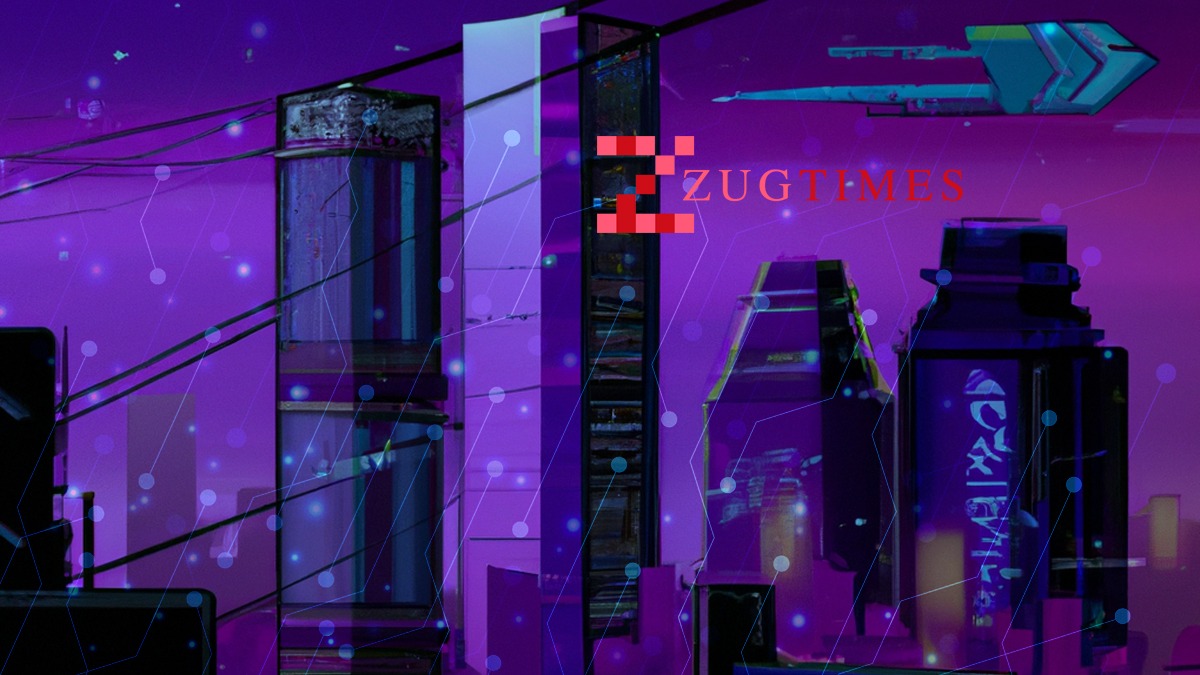The State of Centralized and Decentralized Metaverse

The term Metaverse has been used for over 30 years, and not just in fiction. For a long time, it has been a part of corporate visions of the future. During the first VR boom of the 1990s, the U.K. grocery chain Sainsbury's created a VR shopping demo that looks suspiciously similar to a video made by Walmart in 2017.
Zuckerberg and Meta
Meta, formerly Facebook, has made a massive pivot over the past year to capitalize on the metaverse 's explosive growth. A year later, however, the era of speculative investing has stalled as bond yields rise and companies focus on weathering a global financial crisis.
Meta is no exception: The company's stock price is down more than 70% in 2022 and the company's underperformance relative to the big tech companies has drawn investors' attention to Meta's reckless spending on the Metaverse project.
Centralized vs. Decentralized Metaverse
The highlight of Meta's earnings announcement was the $3.7 billion loss from its Metaverse division in the third quarter. As a result, the loss from Metaverse investments for the year to date was $9.4 billion. Meta's stock price fell another 20% after the results were released, adding fuel to the fire for critics of the Metaverse.
With Meta in the hot seat, it's a good time to take a look at the decentralized Metaverse and see how it fares in a crypto bear market. Decentralized metaverse and gaming platforms are struggling to retain their users as lucrative in-game rewards dry up. The Sandbox, Decentraland, and Axie Infinity have each seen a sharp drop in daily active users, which has investors concerned.
A small number of daily users
The decentralized worlds The Sandbox and Decentraland only have a few hundred users per day, according to data from DappRadar, despite billion-dollar valuations. Decentraland dismissed the numbers, claiming that DappRadar only counted interactions with Decentraland's smart contract. For example, this should only include purchases and not the actual users. This is comparable to counting visitors to a shopping center who buy something and not the actual number of visitors.
Non-blockchain based games like Roblox or Grand Theft Auto have metaverse-like qualities. They have built remarkably loyal communities that boast over 11 and 17 million monthly active users respectively. The last Grand Theft Auto came out 9 years ago.
Meta hasn't shown any signs of catching up with the more established game metaverses, despite infinitely more money being pumped into the projects. The question now is how much interest not only Meta, but other Metaverse projects as well, can sustain in a bear market when funding is tight and users stay away. The indicators are not good for some of the largest blockchain-based projects, such as Axie Infinity, Sandbox, Decentraland, and Enjin.
The Metaverse: An Extinct Concept?
Looking at the data, the Metaverse is arguably the crypto economy's most neglected vision in the recent bear market. So much so that even regular tech investors have taken notice thanks to Meta's infatuation with the virtual world. If we can learn anything from Abandoned Worlds, it's that the Metaverse needs to give users real reasons to stay and play. This not only includes the increase in the price of your in-game token.
#AbandonedWorlds #blockchain #Decentraland #decentralizedmetaverse #GrandTheftAuto #Meta #metaverse #Roblox #sandbox #smartcontract #VR #zugtimes
Zug Times
https://zugtimes.com/the-state-of-centralized-and-decentralized-metaverse/